Hossein Salah-Varzi, the vice president of Iran Chamber of Commerce, who is also a member of the Supreme Council of Stock Exchange, said on Tuesday that the attracted liquidity volume by the stock market at this time span shows a growth of 112 percent year-on-year.
The domestic stock market has been booming, in particular as of the beginning of the current Iranian year 1399 and the market with its successful performance has been welcomed by Iranian investors and shareholders in the almost past six months.
The benchmark of the Tehran Stock Exchange, TEDPIX, has been hovering above 2 million points in August.
The index pushed up 44,320 points up to a level of 2,078,511 points on Sunday.
It, however, took an unexpected drubbing Monday when the Iranian Privatization Organization (IPO) released a notice on its website saying that the previously announced plan to sell government shares in four refineries has been put off because the Ministry of Oil is not prepared to set up such an exchange-traded fund (ETF). This made investors lose sentiment and sell on the perception that shares in big listed companies, mostly affiliated to the government, could plunge as the ETF divestment scheme is no more.
On Tuesday, following the announcement of the Iranian President Rouhani about plans for the domestic sales of crude oil via IRENEX, TEDPIX stood at 1,999,853 points, registering a drop of 3.16 percent.
IFX, the main index of Iran’s over-the-counter (OTC) market, known as Iran Fara Bourse (IFB), also declined 522 points down to 20,655 on the same day.
Iranian officials are reportedly aimed at the internationalization of the Iranian stock market. There are some concerns, however.
The rising value of shares at the time of negative economic growth is not normal.
Therefore, any probable decreases in the value of shares in the future will have serious consequences, in particular for the new applicants who have recently flocked the market.
HJ/4996048/tsetmc.com

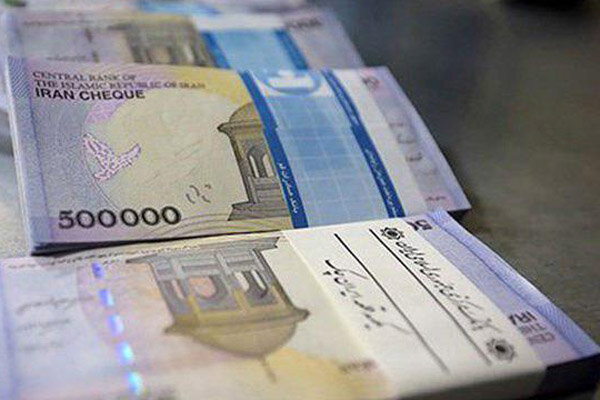






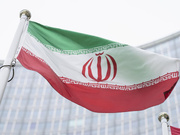


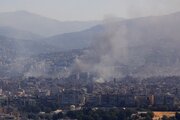

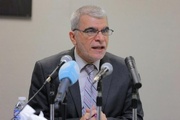









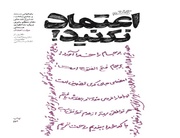
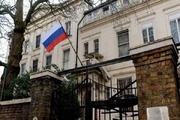
Your Comment